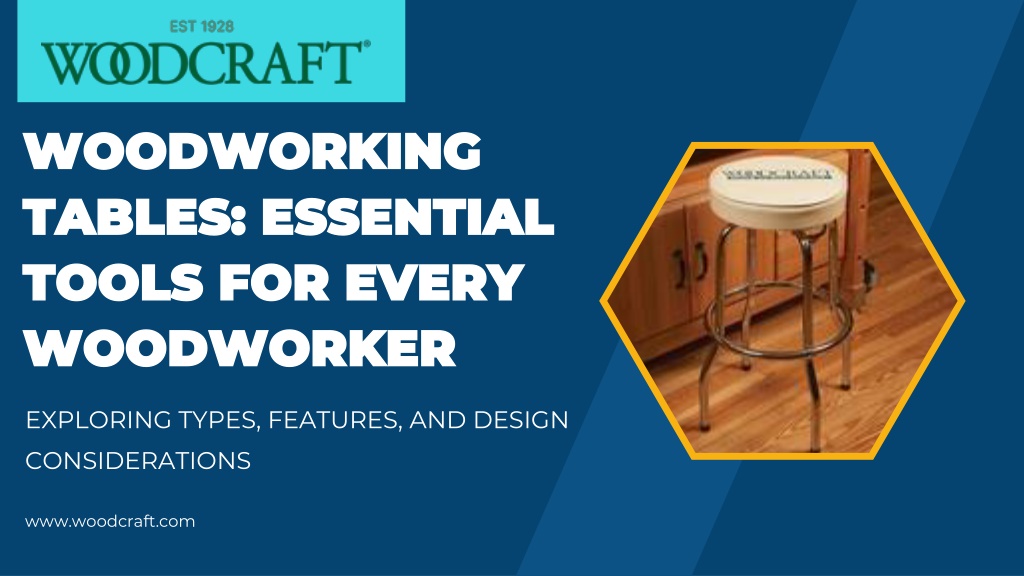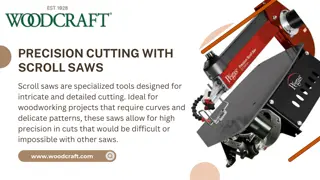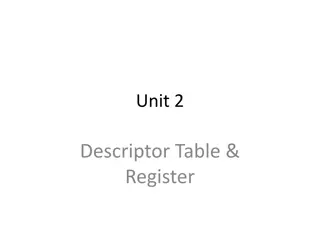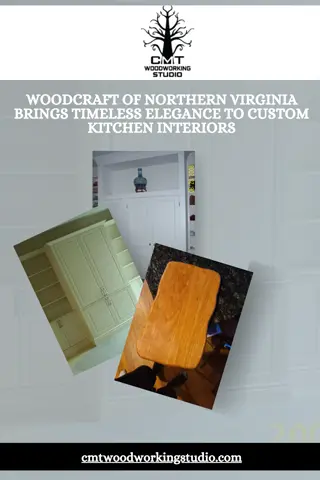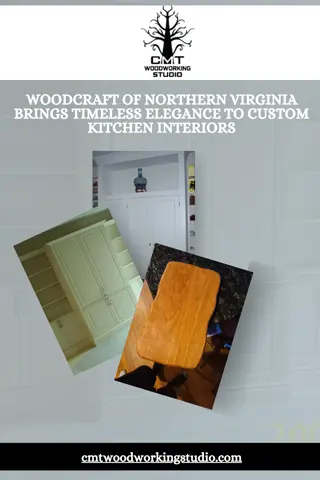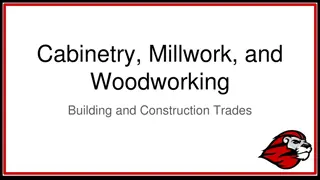Woodworking Tables Essential Tools for Every Woodworker
A woodworking table, commonly referred to as a workbench, is a sturdy surface designed specifically for various woodworking tasks. It provides a stable platform where woodworkers can cut, shape, and assemble wood projects. These tables often feature
Download Presentation

Please find below an Image/Link to download the presentation.
The content on the website is provided AS IS for your information and personal use only. It may not be sold, licensed, or shared on other websites without obtaining consent from the author.If you encounter any issues during the download, it is possible that the publisher has removed the file from their server.
You are allowed to download the files provided on this website for personal or commercial use, subject to the condition that they are used lawfully. All files are the property of their respective owners.
The content on the website is provided AS IS for your information and personal use only. It may not be sold, licensed, or shared on other websites without obtaining consent from the author.
E N D
Presentation Transcript
WOODWORKING WOODWORKING TABLES: ESSENTIAL TABLES: ESSENTIAL TOOLS FOR EVERY TOOLS FOR EVERY WOODWORKER WOODWORKER EXPLORING TYPES, FEATURES, AND DESIGN CONSIDERATIONS www.woodcraft.com
Introduction to Introduction to Woodworking Tables Woodworking Tables A woodworking table, commonly referred to as a workbench, is a sturdy surface designed specifically for various woodworking tasks. It provides a stable platform where woodworkers can cut, shape, and assemble wood projects. These tables often feature integrated clamping systems and storage options for tools and materials, enhancing efficiency and organization in the workshop. Woodworking tables can vary in size and complexity, catering to different types of woodworking activities.
Types of Types of Woodworking Woodworking Tables Tables Workbench: A sturdy surface for various woodworking tasks. Assembly Table: Designed for assembling parts and projects. Router Table: Used for routing edges and profiles on wood. Sanding Table: Provides a flat surface for sanding projects.
Key Features of Key Features of Woodworking Tables Woodworking Tables Sturdiness: Essential for stability during work. Surface Material: Options include hardwood, MDF, and plywood. Size and Dimensions: Vary based on intended use and available space. Storage Options: Drawers and shelves for tools and materials.
Design Design Considerations Considerations Height adjustments for comfort and ergonomics. Inclusion of vises for securing workpieces. Dog holes for clamping and holding materials in place.
Choosing the Right Choosing the Right Woodworking Table Woodworking Table Assessing your specific woodworking needs. Evaluating space requirements in your workshop. Considering budget constraints and material quality.
Get in Touch with Us Phone : +1-800-535-4482 Website : www.woodcraft.com Email : custserv@woodcraft.com Addresse: P.O. Box 1686 Parkersburg, WV 26102- 1686
THANK YOU www.woodcraft.com
